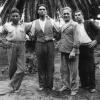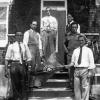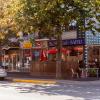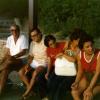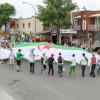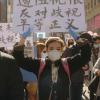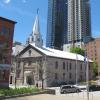The first Azorean immigrants arrived in Montréal in 1953 and 1954. Their first-hand accounts tell about their reasons for leaving the islands, the voyage they undertook, and the problems they encountered upon arrival.
The first Azoreans immigrants came to Montréal in the 1950s. Their stories of their early years describe their first work experiences and the family and administrative challenges they faced, but also the birth of a community.
What was it like for a young newcomer to Québec to go through the ups and downs of adolescence while navigating between Azorean traditions and the Quiet Revolution? José-Louis Jacome talks about his adaptation to his new life in Montréal.
In 2009, the Association du Petit Maghreb signed an agreement with the borough mayor allowing it to officially create the first Maghrebi neighbourhood in North America.
When the first Egyptian immigrants arrived in Montréal in the 1950s, most were members of minority communities in Egypt. In the decades since, Egyptian immigration has become more diverse.
In 2010, the Algerian community in Montréal rallied around their national soccer team, which had qualified for the FIFA World Cup for the first time since 1986.
The first Maghrebi immigrants settled in Montréal in the 1950s. Forty years later, large numbers of students and asylum seekers from Tunisia, Algeria, and Morocco—known collectively as the Maghreb—followed in their footsteps.
The Chinese immigrant population in Montréal has increased dramatically over the past two decades. In 2016, it accounted for 5.1% of recent immigrants to the city.
Since its beginnings, Montréal’s Chinese community has repeatedly mobilized against racism and xenophobia. Today, it is speaking out once again—this time against gentrification, anti-Asian racism, and intolerance.
The Chinese Catholic Mission was officially established on rue de La Gauchetière in 1922. In 1957, it welcomed Father Thomas Tou, Montréal’s first Chinese-born priest.
